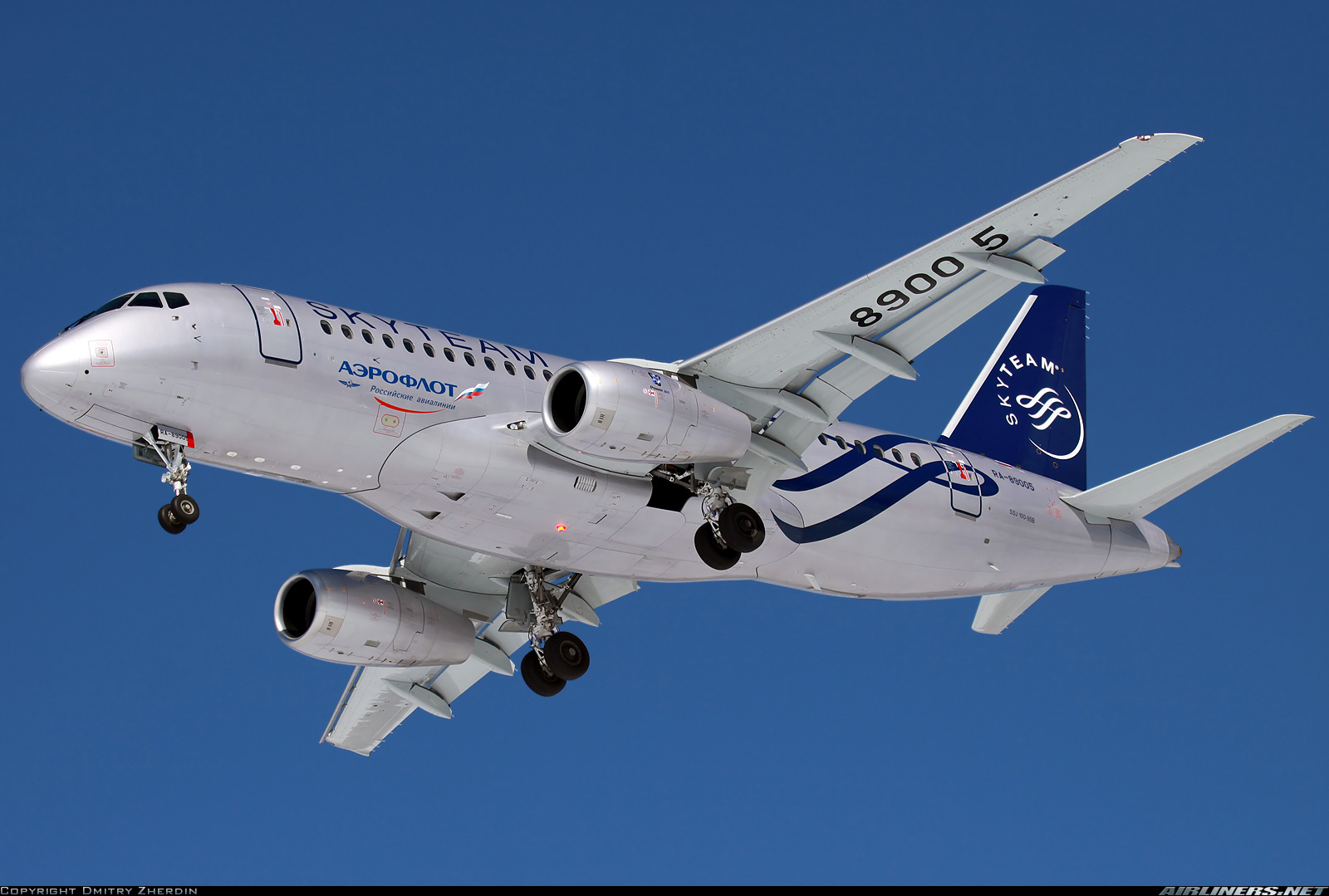- Oct 9, 1999
- 46,045
- 8,744
- 136
http://www.nytimes.com/2012/05/10/world/asia/russian-aircraft-vanishes-from-radar-during-promotional-flight.html
The must have been Russian around and forgot to Putin critical safety equipment. This makes for a terrible President.
The demonstration airplane for a Russian-made passenger jet the first new model to be produced in Russia since the Soviet Union collapsed vanished on Wednesday during a 50-minute flight, in a crushing blow to a national aerospace industry eager for revival.
A Sukhoi Superjet 100 taking part in the 48th Paris Air Show on June 17, 2009. A Russian Sukhoi plane with 50 people on board went missing over Indonesia on Wednesday.
The plane departed from Halim Perdanakusuma Airport in Jakarta, and was to land there, but vanished from radar screens and lost contact with ground controllers.
The Sukhoi Superjet 100 took off from Jakarta, Indonesia, carrying 50 people, including crew, journalists and airline representatives. It disappeared from radar screens and lost contact with ground controllers about 20 minutes later over the mountainous terrain of West Java, where thick fog prevented search parties from locating the plane on Wednesday.
The Superjet carried much of this countrys hope for reinvigorating an industry with a storied history of accomplishment. Its loss will deepen the malaise in an industry whose safety problems, breakdowns and lethal crashes have made it difficult to sell planes outside the former Soviet Union, Iran, Cuba and parts of Africa.
The must have been Russian around and forgot to Putin critical safety equipment. This makes for a terrible President.






